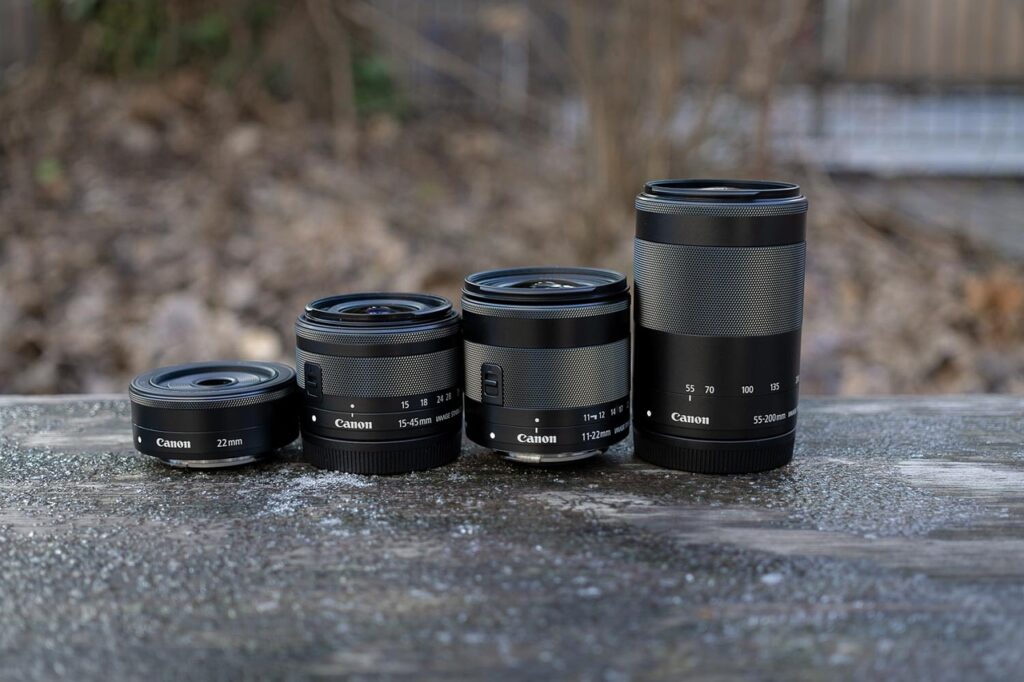
So, you’ve just bought your first digital camera and you’re eager to dive into the exciting world of photography. Congratulations! As a beginner, one of the most important decisions you’ll make is choosing the right lens for your camera. The lens you choose will greatly impact the quality and versatility of your photographs. In this blog post, we’ll explore the best type of lens for a digital photography beginner to learn with.
1. Prime Lens
A prime lens is a lens with a fixed focal length, meaning it doesn’t zoom in or out. While this may seem limiting at first, prime lenses have several advantages for beginners. Firstly, they tend to be smaller and lighter, making them easier to carry around. Secondly, they often have wider maximum apertures, allowing for better low-light performance and creating a shallow depth of field, which can result in stunning bokeh effects.
Prime lenses also encourage beginners to think more about composition and framing, as they can’t rely on zooming in or out to adjust their shot. This forces beginners to move around and experiment with different angles and perspectives, ultimately improving their photography skills.
One popular prime lens for beginners is the 50mm f/1.8 lens, also known as the “nifty fifty.” This lens is affordable, lightweight, and produces sharp images with beautiful background blur. It’s a great lens to start with and can be used for various types of photography, including portraits, landscapes, and street photography.
2. Kit Lens
When you purchase a digital camera, it often comes with a kit lens. Kit lenses are typically zoom lenses that cover a range of focal lengths, such as 18-55mm or 18-135mm. While kit lenses may not offer the same image quality or wide aperture as prime lenses, they do provide beginners with a versatile option for exploring different types of photography.
Kit lenses are great for learning the basics of composition, as they allow beginners to experiment with different focal lengths and perspectives. They’re also convenient for travel or everyday photography, as they cover a wide range of focal lengths in a single lens.
While kit lenses may not be the most exciting or specialized lenses, they can still produce excellent results when used correctly. As a beginner, it’s important to master the basics before investing in more expensive and specialized lenses.
3. Zoom Lens
If you’re interested in wildlife photography, sports photography, or any other type of photography that requires capturing subjects from a distance, a zoom lens is a great option. Zoom lenses have a variable focal length, allowing you to zoom in and out to get closer to or further away from your subject.
For beginners, a versatile zoom lens, such as an 18-200mm or 24-105mm, is a good choice. These lenses offer a wide range of focal lengths, making them suitable for various types of photography. They provide flexibility and convenience, allowing beginners to experiment with different compositions without having to change lenses frequently.
While zoom lenses offer convenience, it’s important to note that they may not have the same wide aperture or image quality as prime lenses. However, advancements in lens technology have resulted in zoom lenses that can produce impressive results, even for professional photographers.
4. Macro Lens
If you have a passion for capturing close-up details, a macro lens is a must-have. Macro lenses are designed for photographing small subjects at a high magnification, allowing you to capture intricate details that may not be visible to the naked eye.
Macro photography opens up a whole new world of possibilities, from capturing the delicate petals of a flower to the intricate patterns on an insect’s wing. It requires patience and precision, but the results can be truly breathtaking.
As a beginner, you may opt for a budget-friendly macro lens, such as a 50mm or 60mm macro lens. These lenses offer a good balance between affordability and image quality, allowing you to explore the fascinating world of macro photography without breaking the bank.
5. Wide-Angle Lens
If you enjoy capturing landscapes, architecture, or group shots, a wide-angle lens is a fantastic addition to your photography gear. Wide-angle lenses have a shorter focal length, allowing you to capture a wider field of view. This makes them ideal for capturing expansive landscapes or fitting more subjects into the frame.
Wide-angle lenses can also create a sense of depth and perspective in your photographs, making them great for architectural photography or creative compositions.
For beginners, a 24mm or 35mm wide-angle lens is a good starting point. These lenses offer a wider field of view without distorting the image too much, making them versatile for various types of photography.
Conclusion
Choosing the right lens as a digital photography beginner is an important decision that can greatly impact your photographic journey. While there isn’t a one-size-fits-all answer, considering factors such as your interests, budget, and desired photography genres can help guide your decision.
Whether you opt for a prime lens, a kit lens, a zoom lens, a macro lens, or a wide-angle lens, remember that practice and experimentation are key to improving your photography skills. Embrace the learning process, have fun, and don’t be afraid to step out of your comfort zone.
